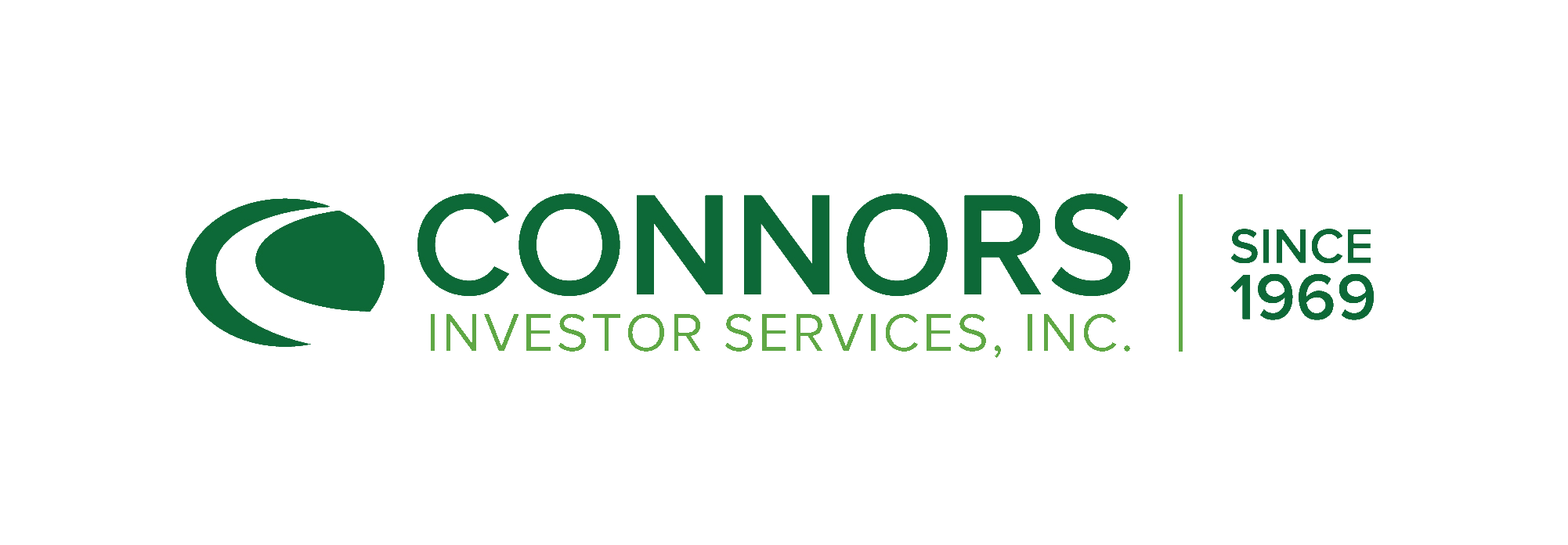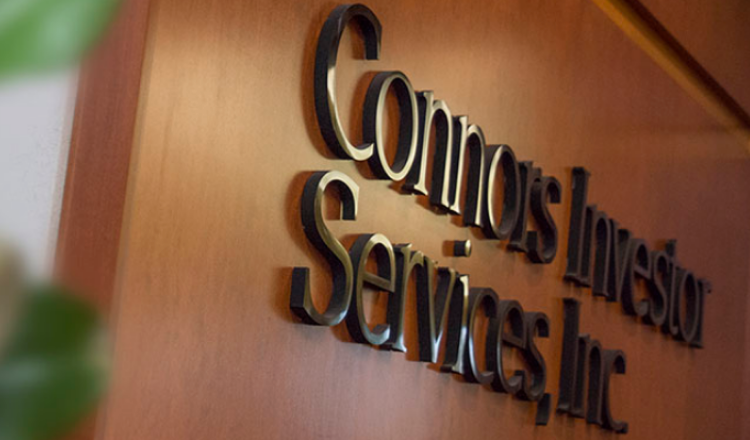2023 Q2 Quarterly Commentary
by Robert Cagliola, CFA and Robert Hahn, CFA, on Jul 26, 2023 10:54:50 AM
Market Commentary
“The reports of my death are greatly exaggerated” is a famous quote attributed to Mark Twain following inaccurate rumors of his death. After a 7.5% bounce in Q1, many investors expected the death of the market rally or a market pullback at a minimum, given numerous headwinds, including the debt ceiling, the collapse of Silicon Valley Bank, and concerns of a recession in the second half of the year. Instead of declining, the S&P 500® Index rose 8.3% in Q2 as the market climbed the proverbial wall of worry. The debt ceiling crisis was avoided following an agreement in Washington, D.C. and positive results from the Federal Reserve’s (“Fed’s”) stress tests helped restore confidence in our financial system and enabled banks to increase dividends and stock buybacks.
Most importantly, the inflation rate continues to decline, coming in at 4% year-over-year in May as measured by the Consumer Price Index (CPI). This compared to 4.9% in April and allowed the long-awaited pause in the Fed’s interest rate hike program. The economy has remained resilient despite a 500 basis point (5%) hike in rates over the past year. The labor market remains strong, with non-farm payrolls beating expectations for 15 consecutive months. During the second quarter, Technology extended its outperformance for the year, with the sector up 16.9%. Consumer Discretionary and Communication Services were the next strongest performing sectors, up 14.3% and 12.8%, respectively with much of the gains driven by mega-cap names such as META +35% (2% of portfolio weighting), AAPL +17.6 (4% of portfolio weighting), AMZN +26.1% (3.3% of portfolio weighting) and MSFT +18.1% (5.1% of portfolio weighting). Underperforming sectors included Utilities -3.3%,and Energy-1.8%. We point out that there was some broadening of the market rally later in the quarter, with Industrials and Materials up 11.2% and 10.8% in June, respectively. Despite the positive economic data points, inflation remains well above the Federal Reserve’s 2% target rate. Commentary from the Federal Reserve suggests up to two additional 25 basis point (0.25%) interest rate hikes before year-end, creating the potential for some near-term retracement. Stock performance in the third quarter will likely depend on upcoming CPI numbers showing a further moderation in inflation. While markets could see a near-term pullback, we expect further (market) upside if/when the Fed completes its rate hiking cycle.
| The performance data quoted represents past performance. Past performance does not guarantee future results. The investment return and principal value of an investment will fluctuate so that an investor’s shares, when redeemed, may be worth more or less than their original cost. Current performance may be lower or higher than the performance data quoted. For performance current to the most recent month end, please call 833-601-2676. |
Portfolio Equity Positioning
Like last quarter, we continued moving the portfolio from a defensive posture to a more neutral sector exposure versus the S&P 500®. Staying true to our discipline, we sought quality companies with solid cashflows, low debt, and consistent and growing earnings. As such, several names were added to the portfolio, including Zoetis (2.0% of portfolio weighting), Morgan Stanley (1.8% of portfolio weighting), JP Morgan (1.9% of portfolio weighting), Lowes (1.5% of portfolio weighting), and Stanley Black & Decker (2.0% of portfolio weighting). The latter two are well positioned to benefit from strength in new home demand and a strong consumer. Positions sold included Devon Energy (1.2% of portfolio value at the time of sale)—weak oil demand and slower China recovery, Target (2.2% of portfolio value at the time of sale)—inventory concerns and negative mix shift, Goldman Sachs (1.5% of portfolio value at the time of sale)—swapped for JP Morgan who has more consistent and diversified earnings stream, Nike (1.9% of portfolio value at the time of sale)—inventory concerns and decelerating direct to consumer sales, and Disney (2.2% of the portfolio at the time of sale)—lack of profitability in streaming and disappointing movie studio box office numbers. In addition, several names were called away early in the quarter and repurchased, included Linde (1.8% of total portfolio value), McDonalds (2.1% of total portfolio value), and Advanced Micro Devices Inc. (1.5% of portfolio value). At quarter end, the portfolio maintained the largest relative sector overweight exposures in Health Care (19% of portfolio value), Industrials (12%), and Consumer Staples (8%), while Technology (21%), Consumer Discretion (9%) and Communication Services (7%) have the largest underweights.
Call Option Premium
The VIX Index declined by 27% to 13.25 in a steady retracement throughout the quarter, with brief spikes in May related to Fed Chairman Powell’s “higher for longer” hawkish rhetoric in the post-Fed meeting testimony and again as the debt ceiling negotiations took center stage. In the end, investors looked past these distractions toward falling inflation expectations and an end to interest rate hikes. Given the lower volatility and desire to generate meaningful income, implementation of call writing on equity positions was generally executed in the 30-delta range (a higher delta translates into more premium income but generally less upside and/or longer option duration.) The generated premium was roughly 1.02% for the quarter(4.2% annualized) on a gross basis, netting to 0.7% for the quarter (2.8% annualized) after considering capital used to roll existing positions out on the calendar and up to higher strike prices. Often the decision is made to keep the existing shares intact by rolling call options to participate in additional upside for the underlying equity position. The average position was written with 8% upside potential and 96 days to maturity. The portfolio was roughly 52% covered with written call options at the end of the quarter.
Protective Put Positioning
The notional value of put contracts ranged from 20% to 35% of the portfolio, ending the quarter at roughly 30%. Similar to the first quarter, the general uptrend in the market gave little opportunity to tactically monetize a significant portion of the put contracts; therefore, subtracting from overall portfolio performance by 63 basis points (0.63%). Year-to-date, put contracts have shaved total performance by roughly 1.4%. Given the substantial drop in market volatility throughout the quarter, contracts were cost-effectively added with longer duration than previous contracts at roughly 90 days verus 60 days to maturity on average in previous quarters. The extended duration provides flexibility and longer-term protection to downside volatility in an uncertain market.
Outlook
We believe that the market in the near-term seems ripe for some retracement given the stock market’s significant appreciation in the first half and the potential for two additional interest rate hikes in upcoming Federal Reserve meetings. The direction from here is predicated on a further decline in inflation and more dovish monetary policies. That said, the economy is growing better than expected, with 2% GDP growth in Q1 and continuing strength in the labor market. Despite tighter lending standards and higher interest rates, the economy has chugged along in part due to infrastructure spending both by the government as well as reshoring which requires manufacturing and supply chain facilities and warehouses. Housing has also been another area of strength despite higher mortgage rates due to demographics and a lack of supply of starter homes as Millennials form new households. While we cannot predict near-term market movements, we maintain a balance of both secular growth and value exposure and look to add to positions on any pullbacks. Looking forward, there is potential for higher volatility following the extended market advance. We think any increase in volatility would benefit covered call strategies.
This information is for use with concurrent or prior delivery of a fund prospectus. Investors should consider the investment objective, risks, and charges and expenses of the Fund(s) before investing. The prospectus and, the summary prospectus, contains this and other information about the Fund and should be read carefully before investing. The prospectus may be obtained by calling 844-ACFUNDS (844-223-8637)
The performance data quoted represents past performance. Past performance does not guarantee future results. The investment return and principal value of an investment will fluctuate so that an investor’s shares, when redeemed, may be worth more or less than their original cost. Current performance may be lower or higher than the performance data quoted. For performance current to the most recent month end, please call 833-601-2676.
IMPORTANT INFORMATION:
Past performance is no guarantee of future results. As with any mutual fund investment, there is a risk that you could lose money by investing in the Fund.
Out of the money: Out of the money refers to a call option with a strike price that is higher than the market price of the underlying asset, or a put option with a strike price that is lower than the market price of the underlying asset.
Investments in options involve risks different from, or possibly greater than, the risks associated with investing directly in the underlying securities.
Delta: The amount option is expected to move for $1 change in stock price.
The S&P 500® Index is a market capitalization-weighted index of 500 widely held stocks often used as a proxy for the stock market. Unlike mutual funds, the index does not incur expenses. If expenses were deducted, the actual returns of this index would be lower.
The CBOE S&P 500 BuyWrite Index (BXM) is a passive total return index based on (1) buying an S&P 500 stock index portfolio, and (2) "writing" (or selling) the near-term S&P 500 Index (SPX) "covered" call option, generally on the third Friday of each month. An investor cannot invest in an index and index returns are not indicative of the performance of any specific investment.
The Connors Hedged Equity Fund is distributed by Ultimus Fund Distributors, LLC. (Member FINRA) Connors Investor Services and Ultimus Fund Distributors, LLC are separate and unaffiliated.
Downside Put Protection: Put options increase in value when the underlying asset value falls. The Connors Hedged Equity Fund typically utilizes put options against the S&P 500 Index to help with risk mitigation and preservation of portfolio asset value.





